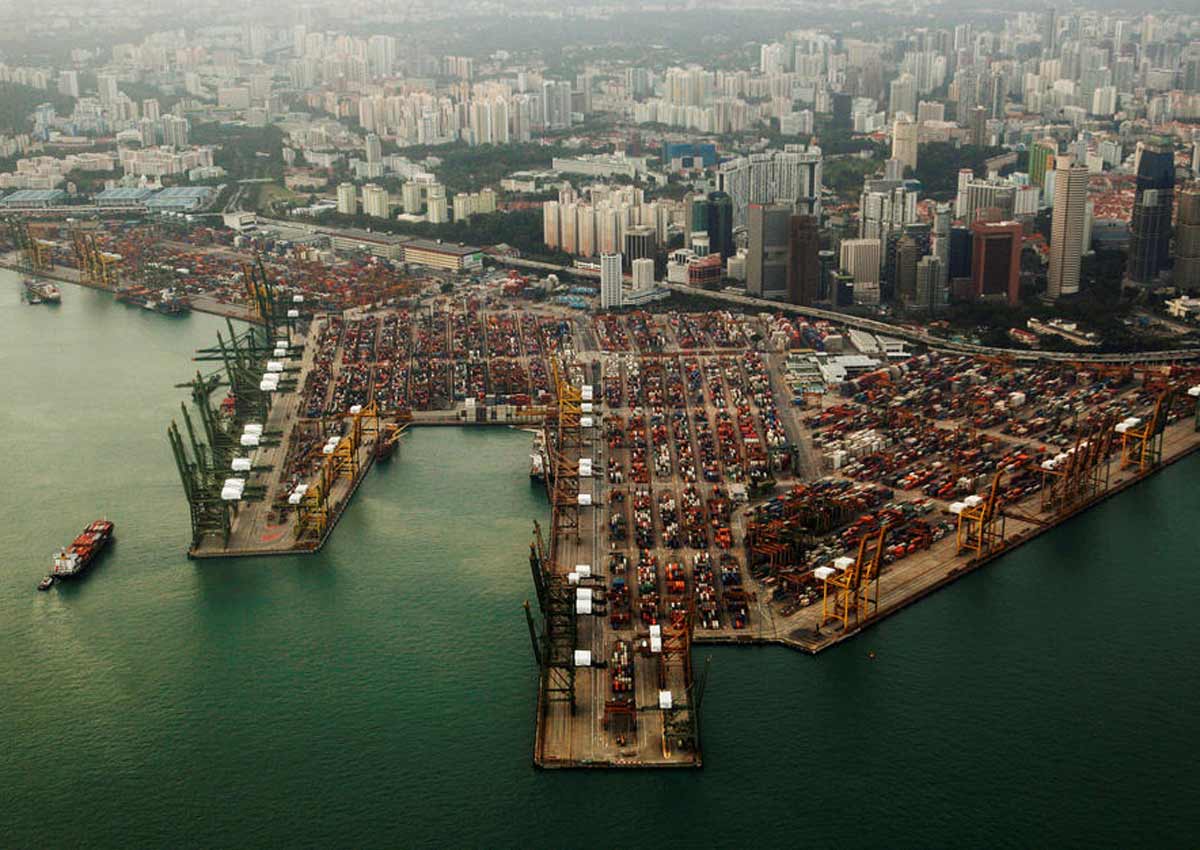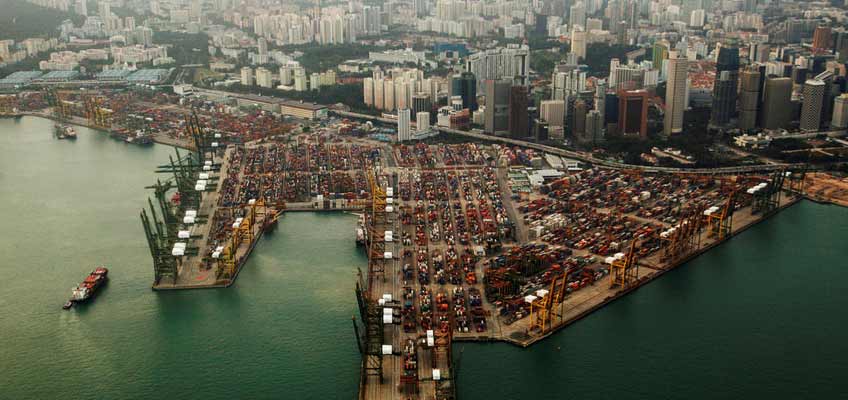The festive season is approaching, but Singapore’s economy seems to have missed the memo. Numbers released last Thursday showed a bigger-than-expected fall in exports in October, fanning fears that worse is to come.
As it is, Singapore will barely escape recession this year. The economy is expected to grow at the lower end of a measly 1 to 2 per cent range, and at the same snail’s pace next year.
While the Government has ruled out an outright recession for now, that is hardly reason to cheer.
Growth below 2 per cent this year would be the slowest since the economy sank into negative territory seven years ago, at the height of the global financial crisis. It would also be the lowest in a year not immediately before or after a recession.
In fact, the services sector – which makes up two-thirds of the economy – is already in a technical recession, having shrunk for three consecutive quarters between January and September this year. If exports continue to decline, economists believe the whole economy may be in danger of a technical recession too.
To be sure, this is not Singapore’s first slowdown, or even its worst. But it has already earned the dubious record of being its longest, with the end of the tunnel still far away. Never before has modern Singapore’s economy grown below 5 per cent for five years in a row, as it has now since 2012.
And in a departure from the recent downturns, the economy is unlikely to bounce back quickly from this period of sluggishness to grow at the same rate it used to. As Prime Minister Lee Hsien Loong said in a dialogue with labour movement leaders earlier this month, while Singapore is not in a crisis, slower growth will be the “new normal” here.
This requires workers and companies to respond differently than in previous recessions. They must accept that the current malaise is not only a short-term economic blip, where everyone can just hunker down until the worst blows over.
While some of the slowdown is due to short-lived cyclical factors that will hopefully improve in time, structural changes are complicating the mix. Global trade has slumped partly due to longer-lasting shifts in trading patterns as consumers buy fewer imports and more local products.
Protectionist instincts are on the rise, and trade-boosting pacts such as the Trans-Pacific Partnership are faltering amid uncertainty over the incoming Trump administration in the United States.
The sweeping disruption wrought by technology is also transforming economic sectors, pummelling corporate stalwarts and eliminating tens of thousands of jobs. New positions are being created to support emerging industries, but not nearly enough to make up for the redundancies as tech advancements reduce labour intensity.
In many cases, the new jobs require completely new skills that will take years to learn. Shorter business cycles and the rapid rate of change in technology also imply that these new skills may in turn be more quickly outdated, prolonging the structural mismatch between available jobs and unemployed workers.
To stay relevant in a slow-growing yet fast-changing landscape, workers must constantly train for the next career challenge – even if they are currently employed.
That means making time, possibly in between a full-time job and family commitments, to learn new skills and taking up opportunities outside their comfort zone. It also means not squandering the SkillsFuture credits offered by the Government on recreational baking classes – unless they have a sound business plan for opening a cake shop – but carefully using them to learn the most marketable, future-proof skill relevant to them.
Employers in turn need to recognise that training is an essential component of any job and requires significant time dedication in order to be effective. At best, they could set aside a regular time slot for workers to spend learning new skills. At the very least, they should consider re-training workers in danger of being made redundant so they can be deployed in new roles.
Another consequence of a long-term slowdown is lower growth in government revenues. Stagnating incomes and squeezed corporate profits are likely to result in smaller tax collections, while the gloomy global outlook is diminishing the long-term rates of return from state investment companies, and potentially their contributions to the annual budget.
The state coffers cannot grow at the same rate as before, even as demands on the public purse are increasing with an ageing population.
Those waiting for the Government to swoop in with a silver bullet will be disappointed. In the absence of an outright crisis, the authorities will likely press on with steering the economy towards more sustainable growth from greater productivity gains, and focus on providing targeted help for companies and industries to retool for the future economy.
For a developed country like Singapore, some loss of growth momentum cannot be avoided forever. And a cooler economy has its benefits – it wasn’t so long ago that Singaporeans were complaining about growth that was too fast.
Less rapid growth can lead to reduced cost pressures. It can also lead to a lower level of environmental damage and congestion, and more breathing space – literally and metaphorically – for those tired of the endless rat race.
Having joined the ranks of advanced economies, Singapore can endure slower growth and still maintain absolute real economic gains similar to those of the past and of other countries. In other words, incomes here today may need to grow just 2 per cent to rise by the same absolute amount as a 10 per cent increase in the past, or a 10 per cent increase in another country.
But a foreseeable future of slower growth also presents Singapore with obvious challenges. There is likely to be a drawn-out series of company closures, job losses and industry consolidation as the economy adjusts to new growth expectations. In the first six months of this year alone, nearly as many companies have shut down as for the whole of last year.
The jobless rate, while low, is also trending up and will probably keep doing so as the rise in the cost of hiring a worker continues to outpace the additional value each worker creates. Disguised retrenchments may gather steam as struggling companies gradually and quietly trim loss-making departments while trying to avoid paying out termination benefits for mass layoffs.
Investors who no longer see strong growth prospects in Singapore’s future could leave, depressing asset values here. Slower trend growth will also make Singapore’s open economy more exposed to external shocks beyond its control.
So while a lower pace of expansion is not a bad thing in itself, what is important is that the growth that remains is high-quality enough to sustain rising incomes and a good standard of living.
Creating the best circumstances for such growth to continue – whether that means identifying the most promising industries in the future economy or persuading companies and workers to keep up with changing trends – will be the main economic challenge for Singapore to maintain its global competitiveness and domestic quality of life in the coming decades.

This article was first published on November 20, 2016.
Get a copy of The Straits Times or go to straitstimes.com for more stories.







